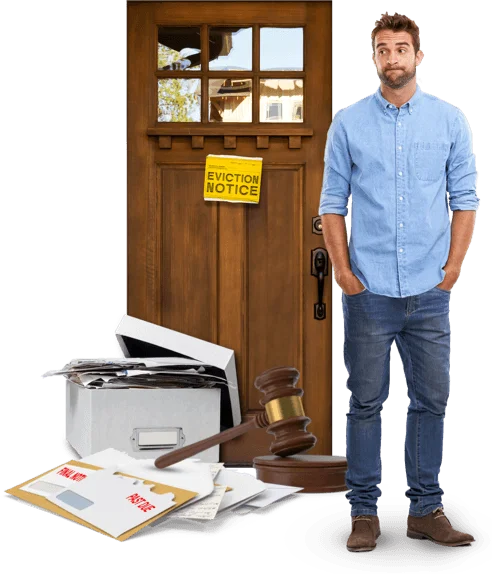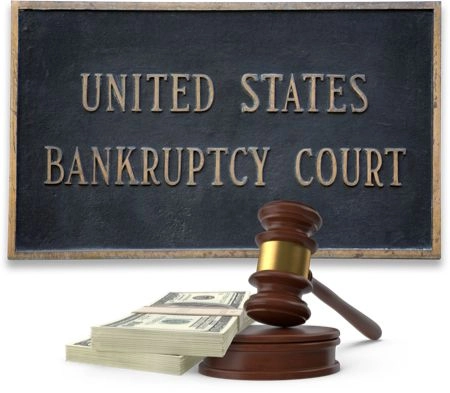A lawyer can help you decide between Chapter 7 and Chapter 13 bankruptcy. They will also answer your questions and file all the necessary forms for you. Given the complexity of the bankruptcy process, we strongly recommend consulting a bankruptcy attorney. However, if you want to file for bankruptcy on your own, here’s what you need to do:
1. File the necessary documents
Filing bankruptcy requires you to submit a flurry of documents right off the bat:
- Importantly, you must file a petition for bankruptcy.
- You’ll also include schedules that list your assets and liabilities (those secured by an asset and unsecured debt).
- Additionally, you’ll provide schedules that detail your income (including disclosures of anticipated income) and expenses.
- If you have any open contracts, you’ll have to file a schedule of executory contracts or unexpired leases.
- You will need a statement of financial affairs, in which you explain your current income, debts, payments and any relevant financial hardships.
- Additional requirements may include a credit counseling certificate, your debt repayment plan and two months of pay stubs.
Consumers filing for Chapter 13 bankruptcy must submit a repayment plan with their petition. You can also expect to pay a $235 case filing fee and a $75 miscellaneous administrative fee.
For those filing for Chapter 7 bankruptcy, you will pay $245 to file, $75 in miscellaneous fees and a $15 trustee surcharge at the time of filing.
2. Automatic stay
Filing your bankruptcy petition creates an automatic stay that stops most (but not all) collections actions against you. You should not make any regular payments during this time. However, if you’re filing Chapter 13 bankruptcy, you must start making the payments outlined in your monthly plan within 30 days of filing, even if the plan hasn’t been approved yet.
3. Appointing a bankruptcy trustee
In both Chapter 7 and Chapter 13 bankruptcy, the courts appoint a bankruptcy trustee to your case. The job of the trustee is to work with both you and your creditors in an impartial manner. The trustee will be in charge of liquidating your estate and disbursing the funds in Chapter 7 bankruptcy, or receiving and distributing funds in Chapter 13 bankruptcy.
4. Meeting of the creditors
Your case trustee will set up a meeting with you and your creditors within 21 to 50 days after you file. You must attend the meeting and answer all questions.
5. Liquidation (Chapter 7 only)
Following the meeting of the creditors, your bankruptcy trustee may begin selling assets and paying your creditors. The trustee will only sell assets that aren’t exempt by federal law.
If you want to keep your house or car, you may have the opportunity to reaffirm your debt on secured property by agreeing to make payments on the loan as agreed. You must reaffirm all loans before your property is discharged.
6. Plan confirmation (Chapter 13 only)
After the meeting of creditors, a bankruptcy judge will hold a hearing to decide whether you can realistically meet the payment obligations in your plan. They will also confirm that the plan meets the standards required by law. If the judge believes your plan is workable and meets the requirements, they will confirm it. You will continue to make payments to your trustee, a process that will last three to five years.
7. Discharge
The last step in bankruptcy is discharge. This means that your remaining debts are canceled and cannot be collected. You will owe income tax on the amount of money discharged, so be sure to set aside some money for that purpose.



